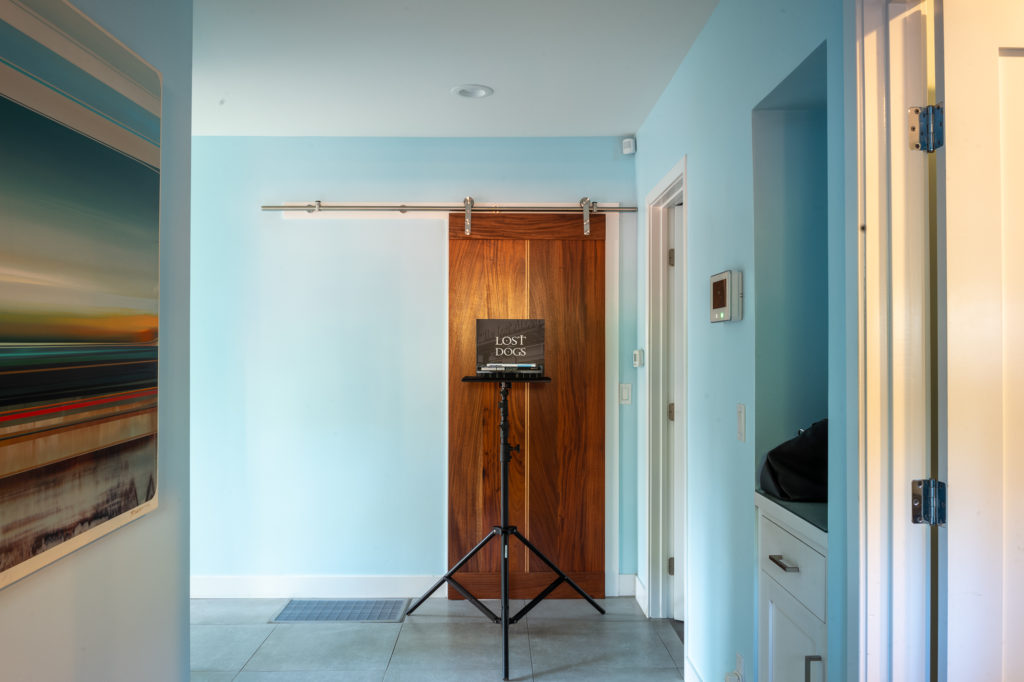Zone focusing is part of the rangefinder experience (1). Learning to get faster at focusing with a Leica or other rangefinder camera is also part of the rangefinder experience. Finally, given that the world’s biggest irony is that as soon as you are old enough to responsibly afford a Leica you are also old enough to have age-related vision issues, getting old and stressed that you can’t see the rangefinder patch and obtain critical focus (issues I am currently having) is also, apparently, part of the rangefinder experience.
My vision issues have me trying anything and everything to prolong my relationship with my rangefinder cameras. Because I cant see the rangefinder patch like I used to, I needed to get creative and find ways to focus that don’t include an SLR and, ideally, without glasses. I always assumed that if zone focusing works the reverse must also be true. There must be some degree of latitude with how exact one needs to be when lining up the focusing patch and ghost image while focusing a rangefinder. My vision issues forced me to test this theory and the results allow me to be less stressed about my vision and also allow me to focus faster with the rangefinder.
It is very possible that I am demonstrating the obvious. If so, you are encouraged to email me and tell me I am, in fact, the dumbest person in the room. I am, however, assuming that although I am pretty dumb I am probably not the dumbest person in the room. If you are like me, after you read this article you will have less stress using your rangefinder camera and you will be able to claim that you are faster than autofocus…in many (but certainly not all) situations. I call what I learned reverse zone focusing (2). This should be required reading for every new rangefinder camera owner.
Reverse zone focusing suggests that if there is a zone in which your subject will be in focus at a given distance from your camera at a given aperture and focal length with traditional zone focusing, there also has to be a zone in which your rangefinder patch can be misaligned with the ghost image and your subject will still be in focus.
I have been using rangefinders for about a decade and until this week I didn’t really understand how much latitude there was focusing a rangefinder. If I am being honest, I was always piddling, fiddling, and going back and forth with the focus tab trying to perfectly align the rangefinder patch and the ghost image. Spoiler alert: in most cases, it is not necessary to perfectly align the rangefinder patch and ghost image.
The reverse zone focusing testing procedure
I set up a test subject (a set of books) and moved it around the hallway. Pictures were taken at 1m, 2m, and 4M from the test subject. These distances roughly correspond to left, center, and right locations of the focusing tab which many street photographers use to zone focus their images. The test image was photographed at f/2.8, f/5.6, and f/11, and the exposure was kept the same for each image. A Vogtlander Ultron 28mm f/2, Leica Summarit 35m f/2.4m, and Leica Summarit 50mm f/2.4 lenses were used for testing.
I took multiple images of the test subject as I moved the focusing tab so the rangefinder patch and ghost image were progressively more and more misaligned. My goal wasn’t to figure out how far I miss focus and still get a sharp image. Rather, my goal was to see what the image looked like when the rangefinder patch and ghost image were misaligned to a degree where I (previously) would never have taken the image because I would have thought it would be out of focus. In other words, I stopped adjusting the focus tab when I thought to myself, “OK this is getting dumb, I can get that close if I am half blind and/or barely trying to make an effort focusing using the rangefinder patch.”
This is a picture of the testing environment.
My results may differ from yours
It is important to understand that although the concept of reverse zone focusing is valid, and my conclusions will be directionally accurate and applicable to your situation, my results will likely differ from yours unless you are using the same camera and probably the exact same lenses.
I used a Leica M10 with 0.73x magnification for these tests. Other rangefinder cameras will have different viewfinder magnifications, different fields of view, and may perform differently with regard to how much latitude you have focusing.
Second, lenses have different focusing throws (how much distance the focusing ring travels from close to far focus), and lens focusing is neither linear nor the same across different lenses and lens manufacturers. Although I might be mistaken because I don’t understand exactly how a focusing helicoid works relative to what you see in the viewfinder, it is possible that the latitude you have may be different depending on the mechanics of your lens.
28mm results
At 28mm, I learned that you almost need to try to get an out-of-focus image EVEN at f/2.8 at 1m. The following is a set of two images. One is a picture of the rangefinder patch when I took the photograph. The other is a cropped image of the resulting photograph.


As you can see, the alignment of the rangefinder patch and test image is off quite a bit but the final image is perfectly focused. Unfortunately, I don’t have any out-of-focus images to show just how far I would need to misalign the rangefinder patch to make an out-of-focus image with a 28mm lens at f/2.8 and 1m.
At 4m, I went further with my bad focusing of the rangefinder patch because I know there was going to be a greater margin for error than at 1m but even at f/2.8 I didn’t go far enough. You need to off by more than this amount of error in the rangefinder patch in the image below to get an unsharp image.

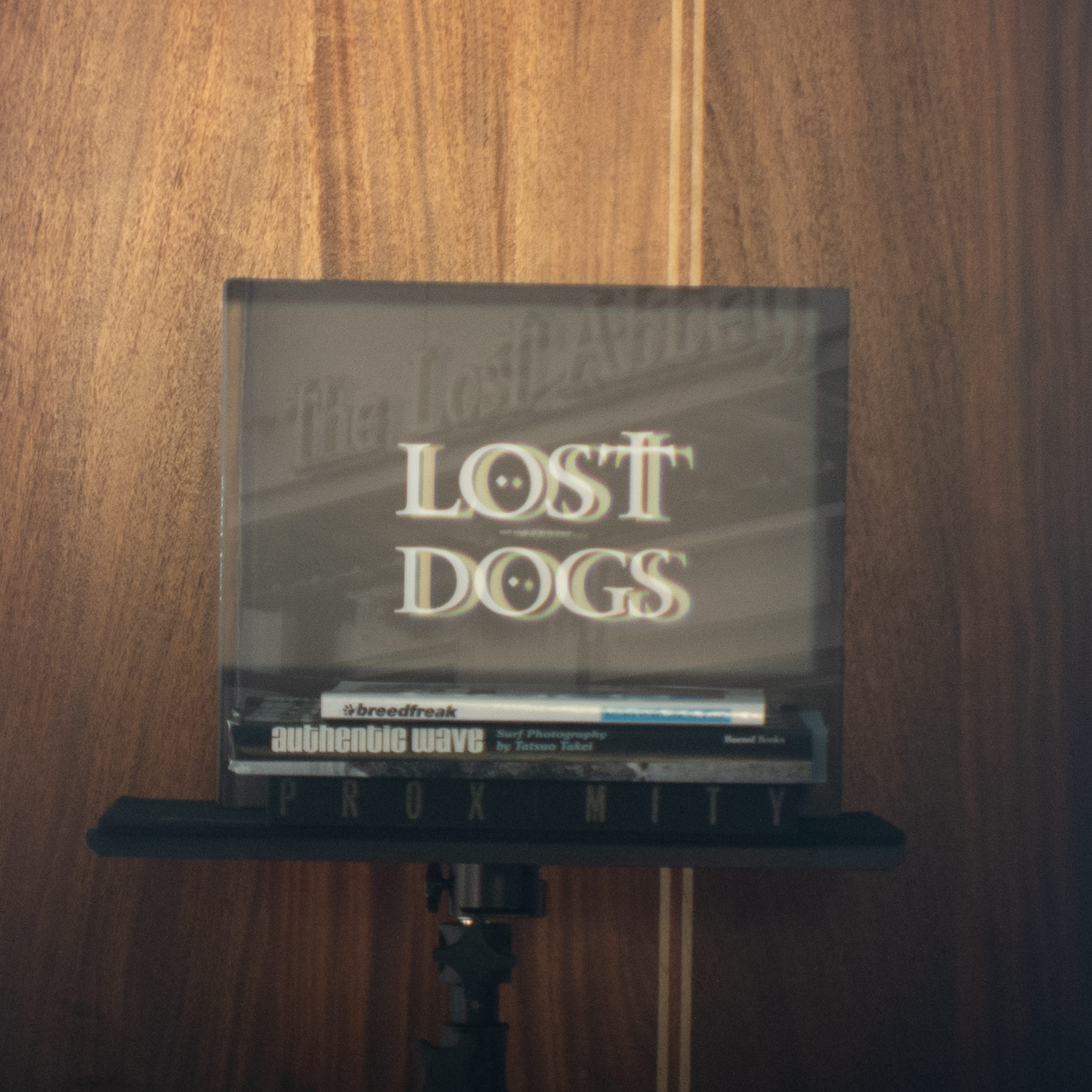
I don’t see much reason to waste your time with any of the other 28mm images. At f/5.6 and f/11 all of the images were sharp at a level of focusing error that is similar to the prior images.
35mm results
To my surprise, the 35mm results weren’t dramatically different than 28mm. At 1m and f/2.8, I got a slightly unsharp image. It should be noted that this image is still perfectly useable but the words “Matt Wright and Kristin Mayer” are ever so slightly unsharp when cropped heavily. With film, you would never know. Uncropped you would never know. On social media, you would never know. Nonetheless, I would say the level of rangefinder misalignment is about the limit of what you can do with a 35mm lens, shot at f/2.8, and 1m and still get a sharp image. The important point is that you don’t need to be perfect. There is still some degree of latitude at 35mm, f/2.8, and 1m as shown below.


For reference, at f/5.6, a 35mm lens can have the same amount of rangefinder patch misalignment at 1m and still be 100% in focus as you can see in the following image.

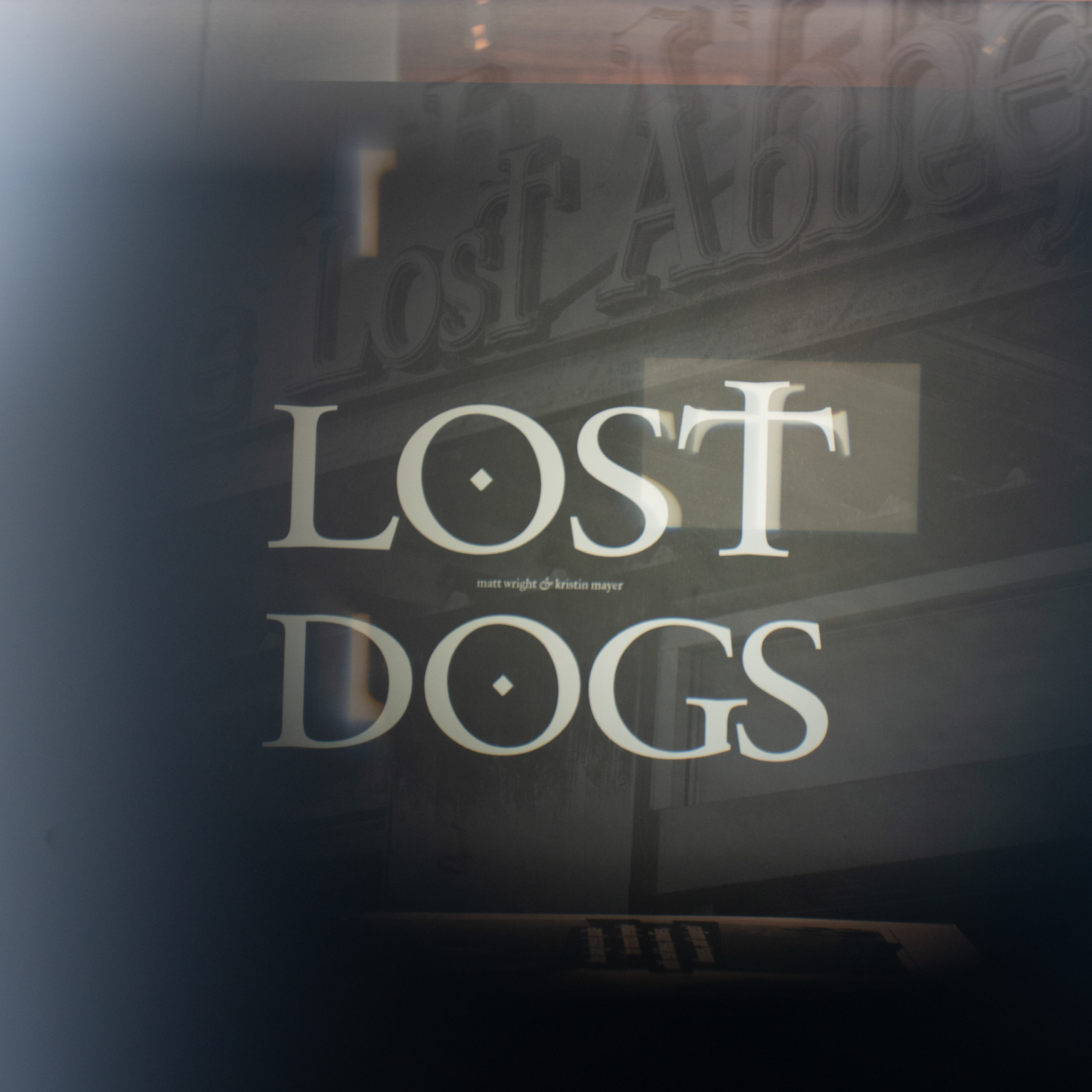
That is about all I can say about the 35mm images because all of the images in my series are sharp. To give you an idea how of you can be with the rangefinder patch at 35mm, the image below was taken at 4m and f/5.6. Perfectly sharp.

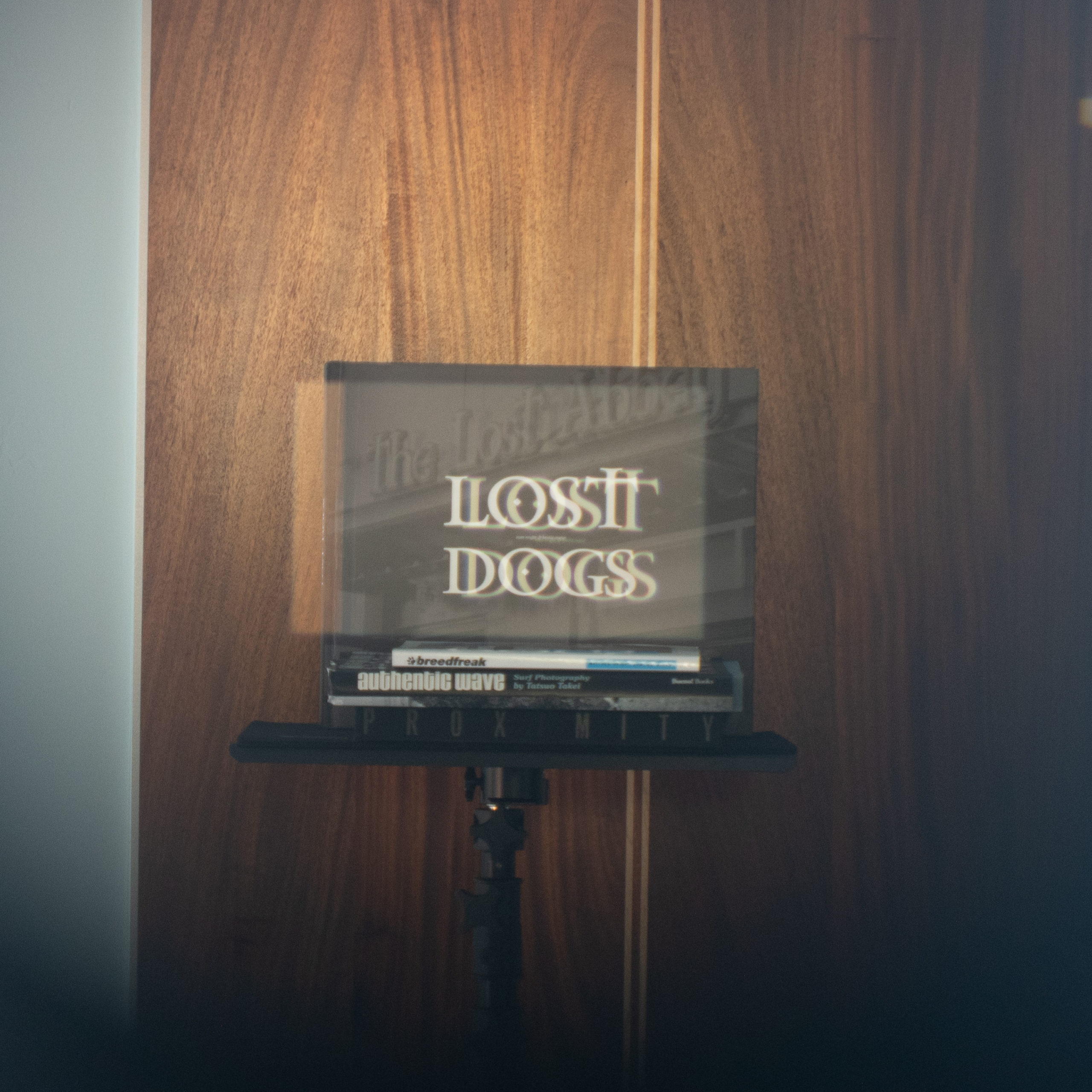
50mm results
At 50mm the rules change but not as much as I would have guessed. If you are hoping to smash, slay, destroy, crush, or otherwise mutilate the bokeh and you want to shoot at f/2.8 at 1 meter, you are going to have to come pretty close to precise focusing with the rangefinder. There is a tiny margin for error but there isn’t much. The image below was taken with a 50mm lens, f/2.8, at 1m and the image was out of focus. It wasn’t terrible. It probably would have been OK with film. It probably would have been OK on social media. If, however, you are a control freak, you are on the spectrum, and you are want to peep pixels from time to time as many of us are and do, the following image is decidedly out of focus.


For reference, the image below shows what it takes to get a sharp image with a 50mm lens, at f/2.8, and 1m. The rangefinder patch alignment still isn’t 100% perfect but there is very little room for error if you want a sharp image at f/2.8 and 1m.


To my surprise, that degree of exactitude with the focusing patch is only necessary if you are shooting wide open. With a 50mm lens at f/5.6, the situation is different and we are back to a similar situation that we saw with the 35 and 28mm lenses. As you can see in the image below, with a 50mm lens at 1m you can still imprecisely focus the rangefinder patch and still get a sharp image.


None of the images I took at f/11 were out of focus at f/2.8 and 1m.
The situation improves at 2m but if you are looking to crush the bokeh at f/2.8 and 2m you still need to be concerned with getting pretty near to spot on focus. The following image was in focus but if the rangefinder alignment was any worse I would have called it out of focus (3)


By f/5.6, even at 2m using a 50mm lens, you are back to having a good degree of latitude with your rangefinder patch alignment. The image below is sharp.
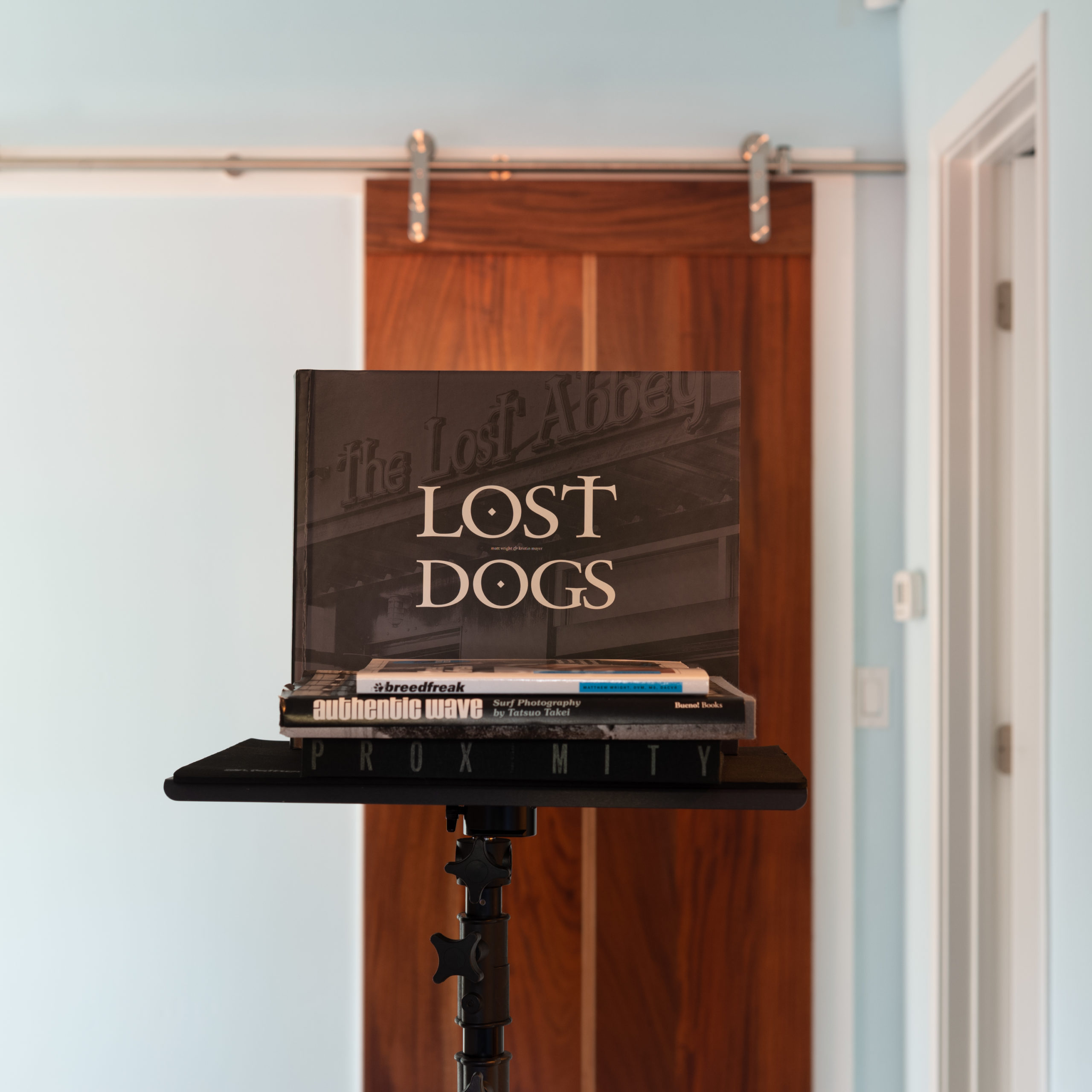

At f/11 and 2m. there were no out-of-focus images.
At 4m, even if you want to shoot at f/2.8 with your 50mm lens, you can be pretty sloppy with your focusing and still get a sharp image as shown below.

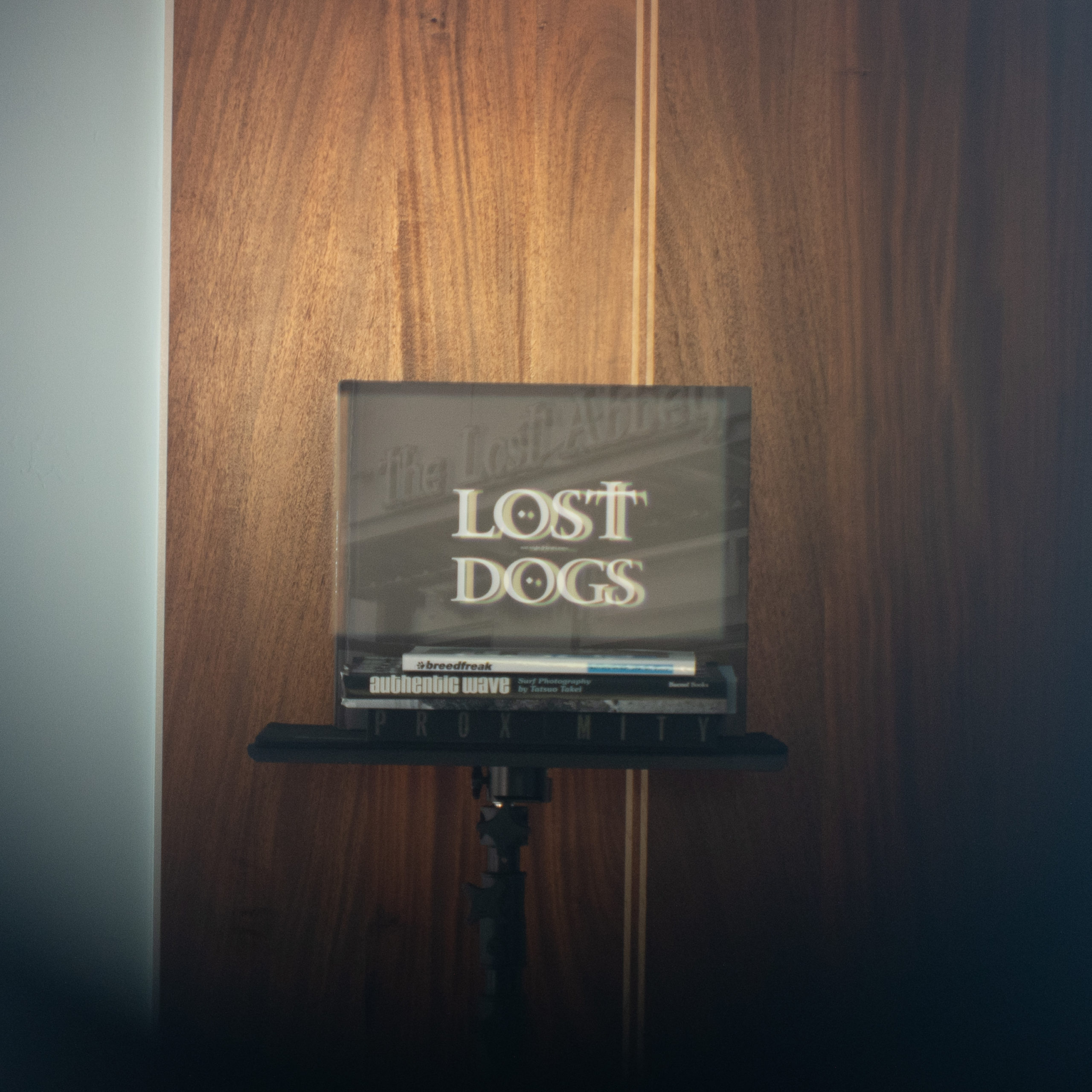
Conclusions
This test proved my theory that because zone focusing works there has to be some latitude in how close we need to align the rangefinder patch and still get a sharp image. This test showed me that I was too worried about obtaining critical focus in many situations.
After doing this test, I did a few additional tests and learned that if I wasn’t shooting wide open or at near focusing distance, I could pretty much take a first swipe of the focusing tab…get things mostly lined up…and get a sharp image. Unless I am shooting wide open and close focusing distances I no longer go back and forth with the focusing patch. I found that if I was stopped down just a little, I could skip all of the back and forth getting the focusing patch perfectly lined up. In a day I spent practicing, I was fast and had a very high percentage of sharp images (4).
Take-home messages:
- You don’t always need to perfectly focus with the rangefinder to get a good image. Unless you are shooting wide open, with a 50mm lens or longer, and you are shooting at a near focusing distance, your rangefinder patch doesn’t need to be perfectly aligned.
- If, however, you are shooting wide open at 50mm (or longer) focusing is critical and there is very little room for error. This test was done at f/2.8. I have no idea how anyone can reliably focus a 50mm lens rangefinder camera at faster than f/2 unless you are shooting parked cars and garden gnomes. As a corollary, I still don’t understand how anyone is supposed to shoot a telephoto lens on a rangefinder anywhere near wide open at a close focusing distance. In my opinion, there are better tools.
- Film is even more forgiving than digital (5). If you shoot film, I would expect that you will have even more latitude with your focusing patch. Shooting 800 speed, grainy, film? Please don’t stress about focusing, just shoot.
- With a 28mm lens, stopped down even a little bit, you have a point-and-shoot camera. There is a lot of latitude for error.
- If you are having vision issues, as I am, understanding the latitude I can have with focusing relieves some of the stress I had around seeing the focusing patch. My vision issues aren’t terrible. At least not yet. Your eyes and stress level about your age and your vision may be different.
NOTES
1. If you are reading this, I am assuming that you already know what zone focusing is and how it works. If not, I refer you to this post.
2. Someone smarter than I will/can/should come up with a better name for what I am describing. If that is you, please contact me. I will update this post. I am not attached to the term “reverse zone focusing.” I almost hope it doesn’t stick. It sounds stupid.
3. If you are wondering why the images of the rangefinder patch are so bad in this series, that is a user error. I forgot that the rangefinder doesn’t work like an SLR. You need to change the focus every time you change the distance of the subject to the camera. Your eye needs to accommodate for that difference as well. That is why people with vision issues have so much trouble with rangefinder cameras. Conversely, with SLR and mirrorless cameras your eye focuses on only one point in space.
4. Yes. I very much feel like a clown tooting my horn but I am only tooting my horn because you can do this too. Anyone can. I am not special. I can’t even see that well anymore.
5. I always remind people that the Konica M-Hexanon lenses don’t even focus properly on Leica cameras but the film guys in the forums never even knew there was a problem


